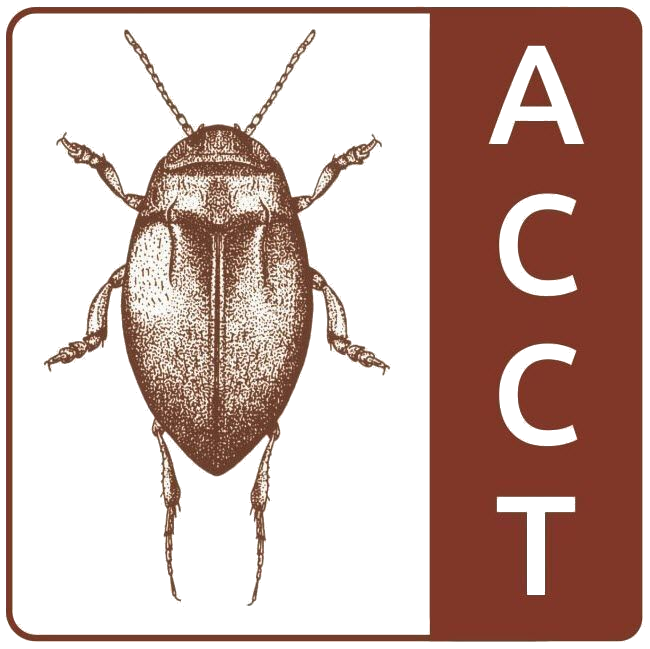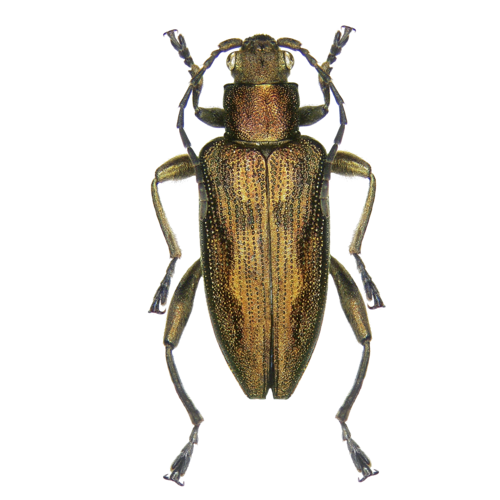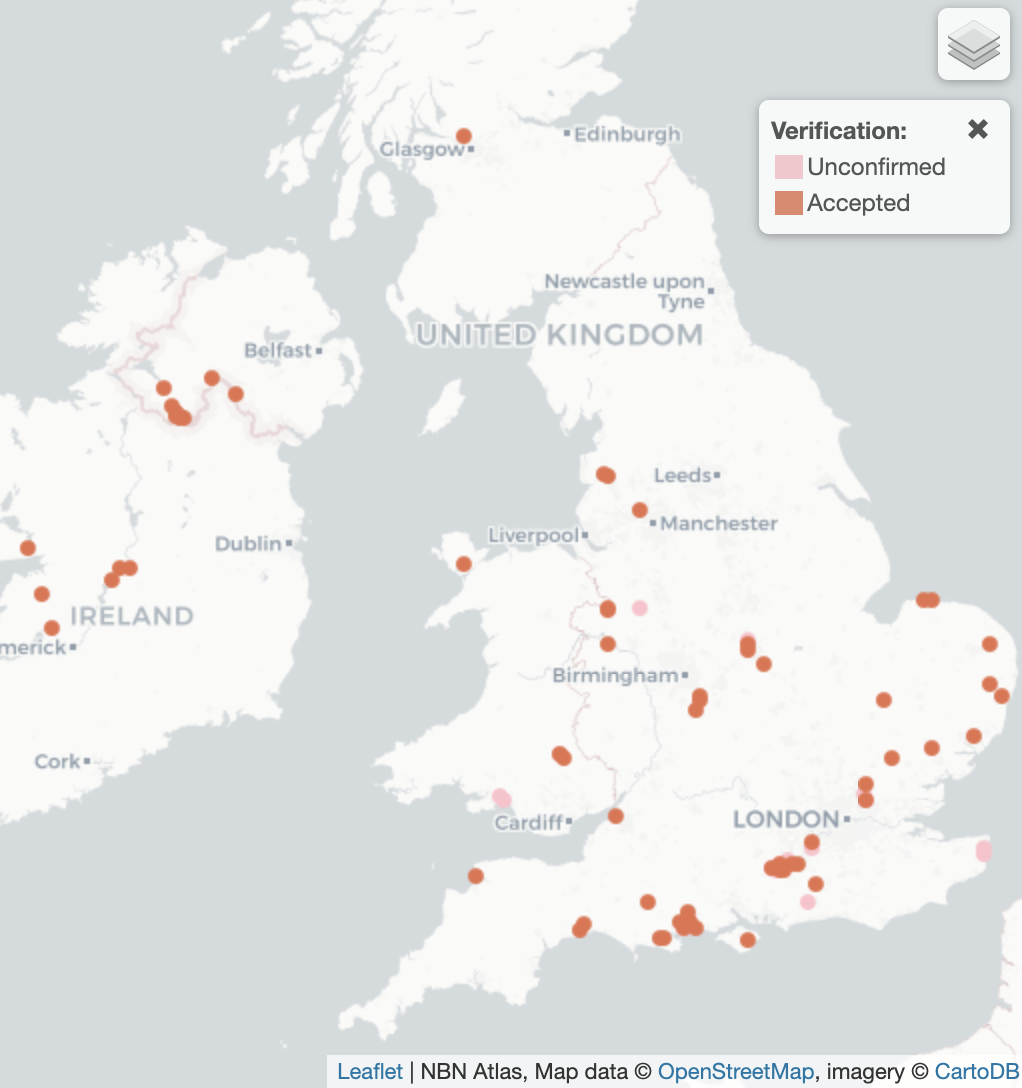Donacia bicolora
(Zschach, 1788)
Two-tone Reed Beetle

Aquatic Coleoptera
Conservation Trust
OVERVIEW

Donacia bicolora is a distinctive reed beetle named for its characteristic two-tone metallic coloration. This semi-aquatic species is associated with branched bur-reed and club-rush communities, representing a specialist component of high-quality wetland ecosystems. Its scattered distribution and specific habitat requirements make it a valuable indicator of pristine aquatic plant communities.
CONSERVATION STATUS
Key Threats:
- Wetland habitat degradation
- Water pollution and nutrient enrichment
- Loss of native aquatic plant communities
- Water level management changes
- Climate change impacts on wetland systems
Population Trend:
DISTRIBUTION

Current Range: Scattered populations in southern England and Northern Ireland, with most records from areas with well-developed wetland systems and high water quality.
Habitat Distribution: Associated with beds of branched bur-reed (Sparganium erectum) and club-rush (Schoenoplectus) in stream-fed ponds, lake margins, and river backwaters requiring minimal pollution and disturbance.
ECOLOGY & HABITAT
Stream-Fed Ponds
Ponds with continuous flow and high water quality
Bur-Reed Beds
Branched bur-reed and club-rush communities
Pristine Waters
Exceptional water quality essential for survival
Life Cycle: Complete metamorphosis with larvae developing on submerged roots and rhizomes
Diet: Adults feed on aerial parts of host plants; larvae feed on submerged root systems
Water Quality Dependence: Requires very high water quality and is highly sensitive to pollution and disturbance
CONSERVATION ACTIONS
Water Quality Protection
Maintain exceptional water quality standards in wetland systems
Habitat Management
Protect and restore stream-fed pond and lake margin habitats
Plant Community Management
Maintain diverse native aquatic plant communities
Population Surveys
Regular monitoring and search for new populations